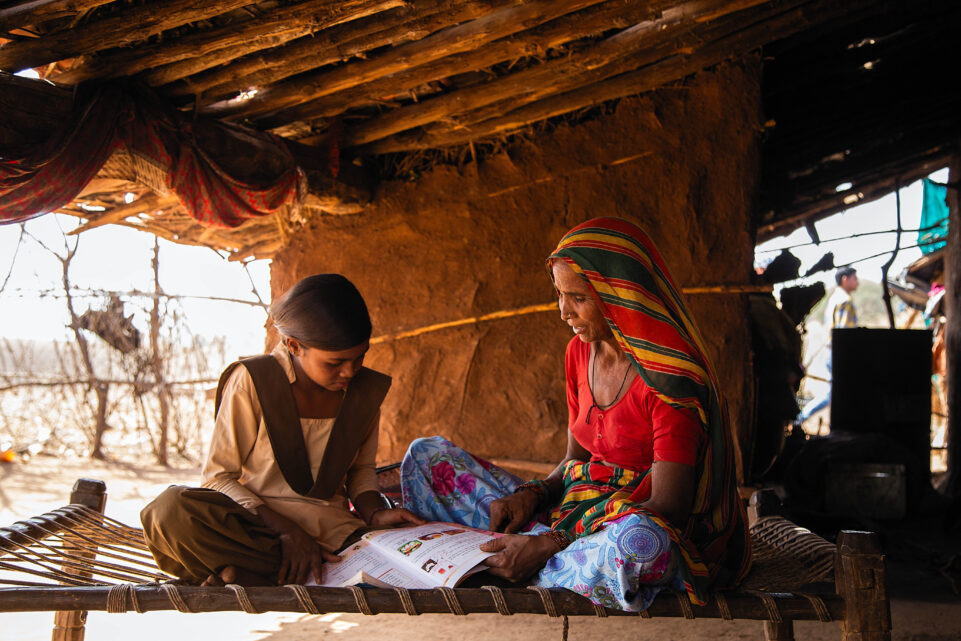Educate Girls aims to provide equitable access to education for all girls in India. Its primary beneficiaries are out-of-school girls in rural communities. They strive to boost school enrollment and learning with local volunteers who mobilize parents and communities and by delivering supplementary remedial learning curriculum.
Their annual demonstrated impact includes [1]:
- Successfully enrolled 411,461 out-of-school girls (aged 5-14) back in school.
- Provided training to 93,698 School Management Committee (SMC) members.
- Enabled 36,931 adolescent girl leaders through Life Skills Education.
- Improved learning outcomes for 260,083 children in foundational literacy and numeracy.
- Enrolled 10,934 adolescent girls and young women (aged 15-29) in open schools and conducted 705 camps to facilitate grade 10 exam preparation and credentialing.



